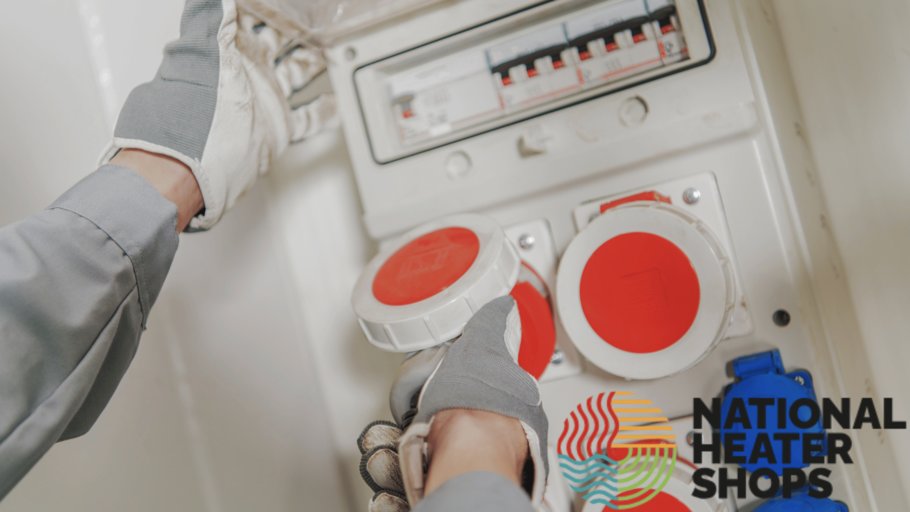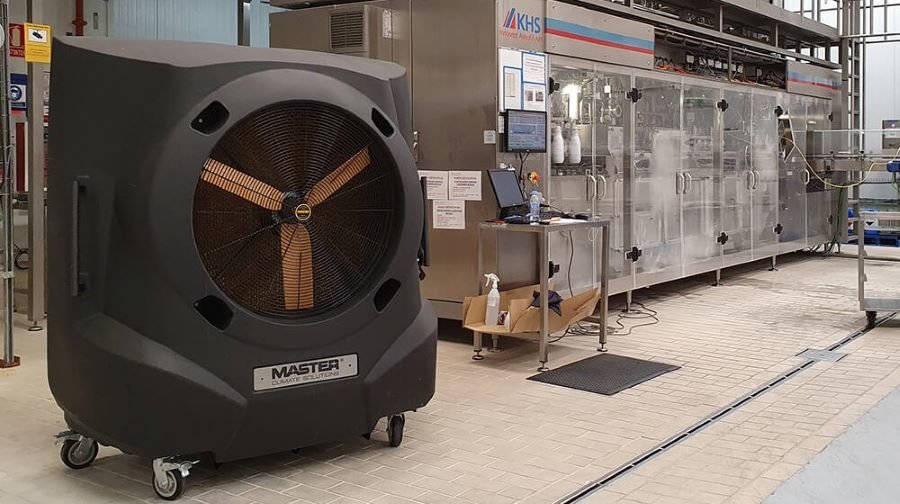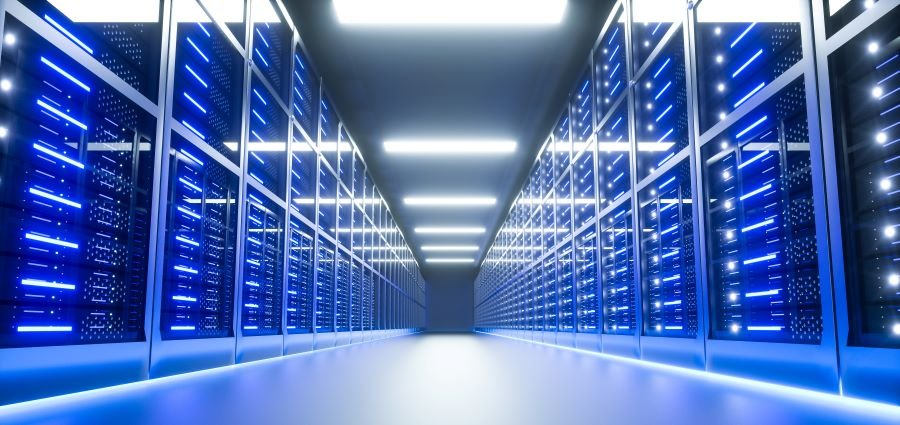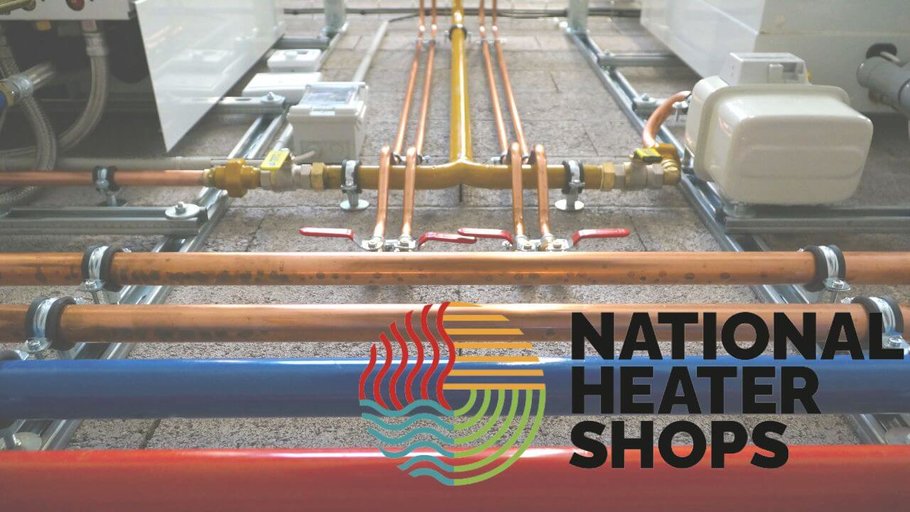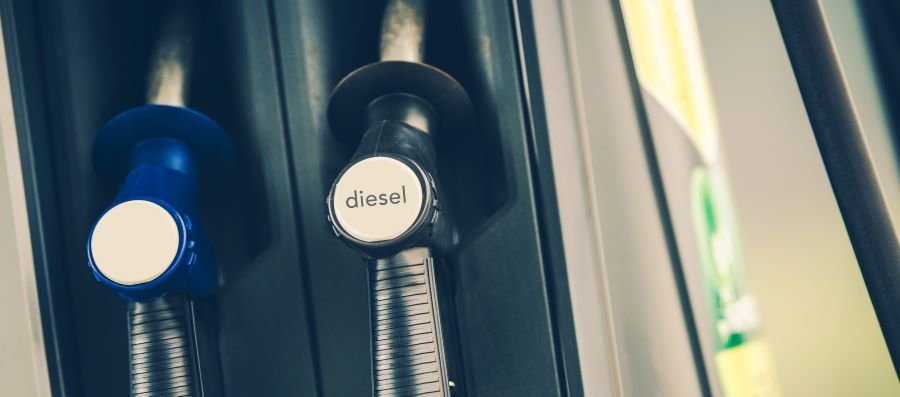A single-phase power supply may reach up to 230 Volts and is a two-wire alternating current (ac) power circuit, with a phase wire and a neutral wire. Alternatively, a three-phase power supply can deliver up to 415 Volts, while needing only one additional wire to deliver double the power of a single-phase supply.
Most homes in the UK are equipped with a standard single-phase supply which is perfectly capable of operating ordinary electrical equipment such as lights, heating systems, kitchen and bathroom appliances and all other homely gadgets. Instead, a three-phase power supply is significantly more powerful.
As 3-phase power can provide abundant energy, they can accommodate larger loads from extremely powerful appliances.
How do I know which phase my device needs?
There is a simple solution to deciphering which phase your device requires to operate most effectively and energy-efficiently.
The answer is recognising the number of pins on the plug of your appliance. Domestic devices typically have a 3-pin plug, whereas industrial appliances will have a distinct 5-pin plug.
If your appliance has a 5-pin plug, you will know it is not applicable for domestic use, as you will find no suitable socket around the home to plug in your device.
Who uses three-phase power?
Three-phase supplies are most suitable for industrial applications such as warehouses, data centres, factories, hospitals—anywhere you can imagine that may house large, power-hungry machinery.
Three-phase power is ideal for industries that rely on electrical equipment, as 3-phase power supplies a secure, steady, and smoother flow of electricity than single-phase. This is particularly important for industries where constant and consistent power is crucial.
Another example of where three-phase electricity is required is for commercial and corporate settings, where there is an increasing demand for more power to feed a growing network of servers on a single system, such as busy data centres or large company houses. Or for supplying sufficient power to provide lighting and air conditioning for entire shopping centres and similar commercial structures.
.png)
Note: These figures are only to serve as a guide, please check your specific unit specifications as each unit is different.

